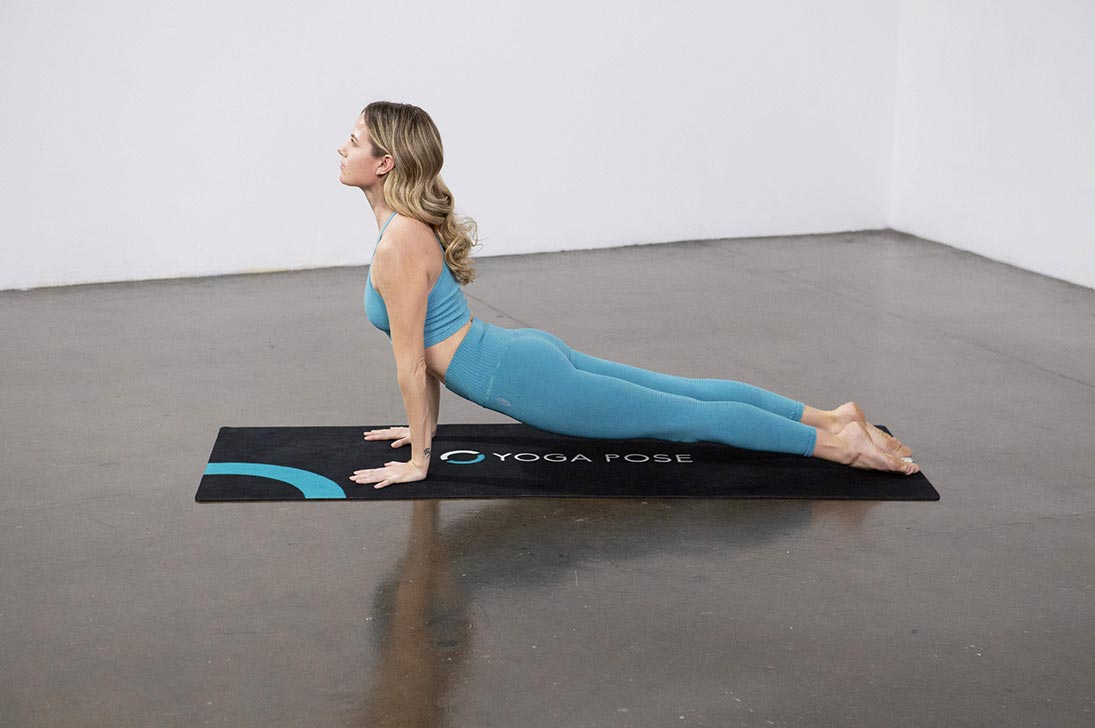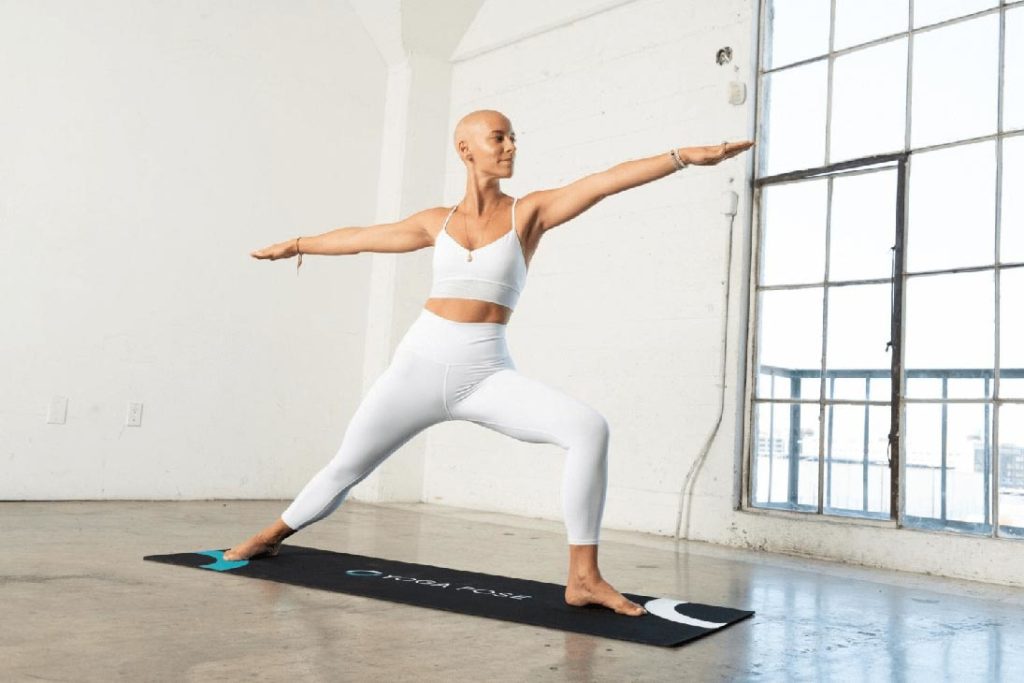If you’ve ever taken a yoga class, it’s likely you’ve heard a teacher say “take a Vinyasa.” If you’ve never taken a yoga class, even better. We’re going to bring light to one of today’s most popular styles of yoga.
What is Vinyasa Yoga?
The Sanskrit word Vinyasa translates to “to place in a special way.” Vinyasa yoga is one of the most popular forms of yoga practiced today, but it is often misunderstood or mixed up with other yoga styles like Power Yoga and Ashtanga Yoga. All yoga styles focus on the breath, but Vinyasa yoga places extra attention on linking either an inhale or exhale with each movement. It’s often referred to as a “moving meditation” and it’s essential that you sync your movement with your breath rather than syncing your breath with your movement.
Unlike Bikram or Ashtanga yoga, which repeat the same sequence of poses, Vinyasa yoga is more creative, with teachers often creating a new sequence for each class. There is a flow to it that includes “transitioning” from one pose to another and it’s also known as “flow yoga” or “Vinyasa yoga flow.” Sun Salutations, or Namaskaras, are a characteristic sequence of Vinyasa yoga poses, as is Ujjayi breathing.

The History of Vinyasa Yoga
Vinyasa yoga as we know it today is a modern invention that stemmed from Sri T. Krishnamacharya’s (1888-1989) Ashtanga Vinyasa yoga teachings. Known as the father of modern yoga, Krishnamacharya is credited with bringing creativity and innovation to yoga and focusing on synchronizing movement and breath. His teachings mixed ancient yoga with gymnastics and wrestling and were largely inspired by children in India and the societal focus on building physical strength at the time. What came out is a dynamic yoga practice that builds strength and emphasizes ‘flowing’ through poses’ instead of holding each pose.
Krishnamacharya shared his teachings with his students who are now the most highly-regarded teachers in yoga, most notably Patthabi Jois. Jois brought Ashtanga Vinyasa to the West and it is from his teachings that our modern Vinyasa yoga practice originated.
The Benefits of Vinyasa Yoga
Often, those who have not tried yoga believe it is an easy form of exercise that simply consists of stretching, but according to a study by the Journal of Yoga & Physical Therapy, Vinyasa yoga counts as a light-intensity aerobic physical activity that varies in difficulty on an individual basis. It often gets grouped with Power yoga because classes can be fast-paced and challenging—a true workout.
Vinyasa yoga benefits practitioners beyond increasing flexibility. A study done by International Journal of Yoga found that practicing yoga is proven to, “enhance muscular strength and body flexibility, promote and improve respiratory and cardiovascular function, promote recovery from and treatment of addiction, reduce stress, anxiety, depression, and chronic pain, improve sleep patterns, and enhance overall well-being and quality of life.”
Vinyasa yoga’s unique emphasis on linking breath with movement brings a sense of oneness to students during and after the practice. It teaches students how to control their breath—an invaluable tool for alleviating feelings of anxiousness. A 2012 study by the Journal of Women’s Health even found that in a group of women trying to quit smoking, twice-weekly yoga reduced anxiety and depressive symptoms and even helped them abstain from smoking. Overall, it’s safe to say Vinyasa yoga enhances both mental and physical health.

How to Practice Vinyasa Yoga
When learning to practice Vinyasa yoga, emphasize flowing from one yoga pose to the next using a Vinyasa, at times, and practicing Ujjayi breathing with each transition. The easiest way to learn how to practice Vinyasa yoga poses is by attending a Vinyasa yoga class, either online or in person. If you take one Vinyasa yoga class and don’t think it’s for you, consider trying another teacher. Vinyasa classes vary greatly based on who is teaching them and it may take time to find the perfect class for you!
“Yoga Pose Safety Tip: Taking Chaturanga Dandasana is part of a Vinyasa, but not all practitioners are able to do it or benefit from it. Before getting in the habit of doing Chaturanga every Vinyasa, be sure you are doing it properly to protect your shoulders and lower back”
How to Do a Vinyasa
Part 1: Practice taking a Vinyasa by first inhaling and coming into Downward-Facing Dog (Adho Mukha Svanasana). Exhale to shift forward until you are in Plank pose (Kumbhakasana). Inhale to lower onto your knees, then chest and chin while keeping your elbows tucked in by your sides, relaxing the top of your feet on the floor.
Part 2: Exhale to slide your chest off the ground by pressing into your hands and lengthening the crown of your head to the sky—arriving in Upward-Facing Dog (Urdhva Mukha Svanasana). Press into the top of your feet to lift your legs and hips off the floor, if accessible.
Part 3: Inhale to reach your hips to the sky, rolling over your toes to place the soles of your feet on the floor to arrive back in Downward-Facing Dog.
Once you are more experienced with Vinyasas, you can play with more intense variations, like lowering directly onto your chest and belly without starting from your knees.
How to Do Ujjayi Breathing
Find a comfortable seated or standing position and begin breathing through your nose with your mouth closed. Take a few normal cycles of breath, then try constricting the back of your throat on an inhale, then an exhale. Ujjayi breathing is also known as “Ocean breath” because, when done properly, it sounds like ocean waves crashing on the shore.
Vinyasa Yoga Versus Hatha Yoga
Hatha yoga is slower and more relaxed than Vinyasa yoga. In Hatha, you hold poses for longer, increasing the stretch. In Vinyasa, you swiftly move from pose to pose while controlling your breathing, making it more of a cardio workout. On the outside, it seems like Hatha yoga is more relaxing than Vinyasa yoga, but the intensity of Vinyasa brings a similar sense of calm by working out excess energy and bringing a heightened awareness to your body through breath control.
Hatha tends to be better for beginners than Vinyasa because you learn the poses slower and have more time to follow along, verse in a fast-paced Vinyasa yoga flow. Though, there’s no need to choose just one style of yoga. Try Hatha yoga on days when you want a slow practice with more rest in between poses and do Vinyasa yoga when you want to be challenged with a true workout of both mind and body. Regardless of which style of yoga you choose, if you practice with awareness and care, you will benefit.
Top Vinyasa Yoga Poses
Vinyasa yoga can be both slow and relaxing, and physically invigorating and the poses you go through greatly determine the difficulty. It’s great for those who like to change it up and be challenged. Below, we’ve listed just a few Vinyasa yoga poses you’ll typically see in a Vinyasa class.
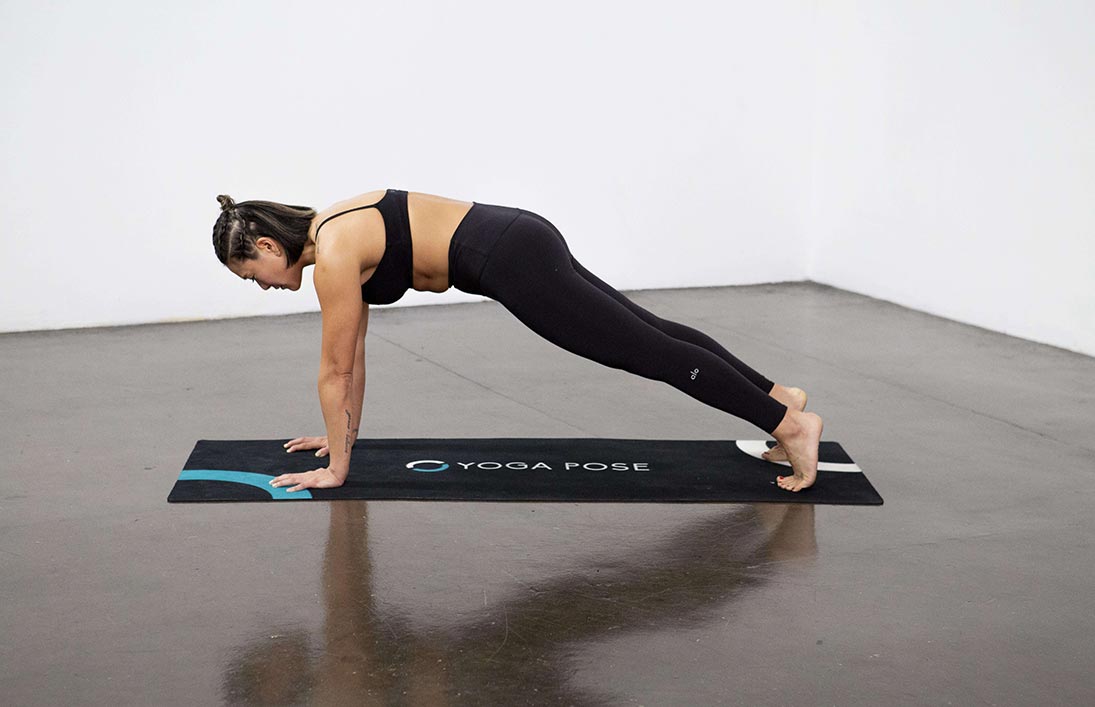
Plank Pose
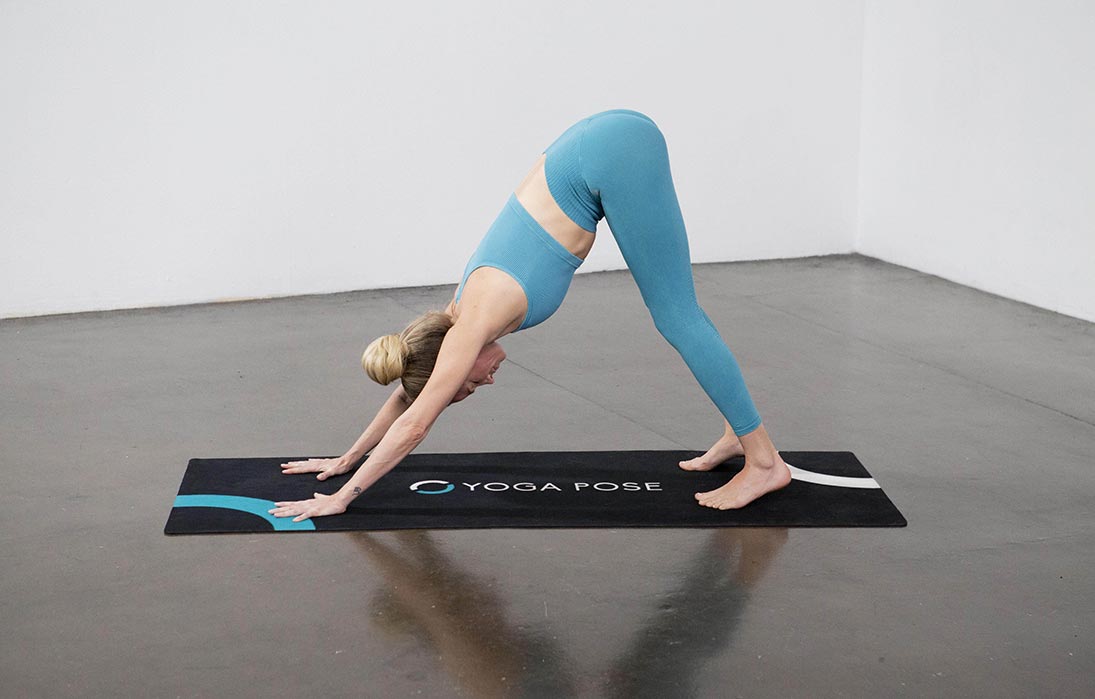
Downward-Facing Dog
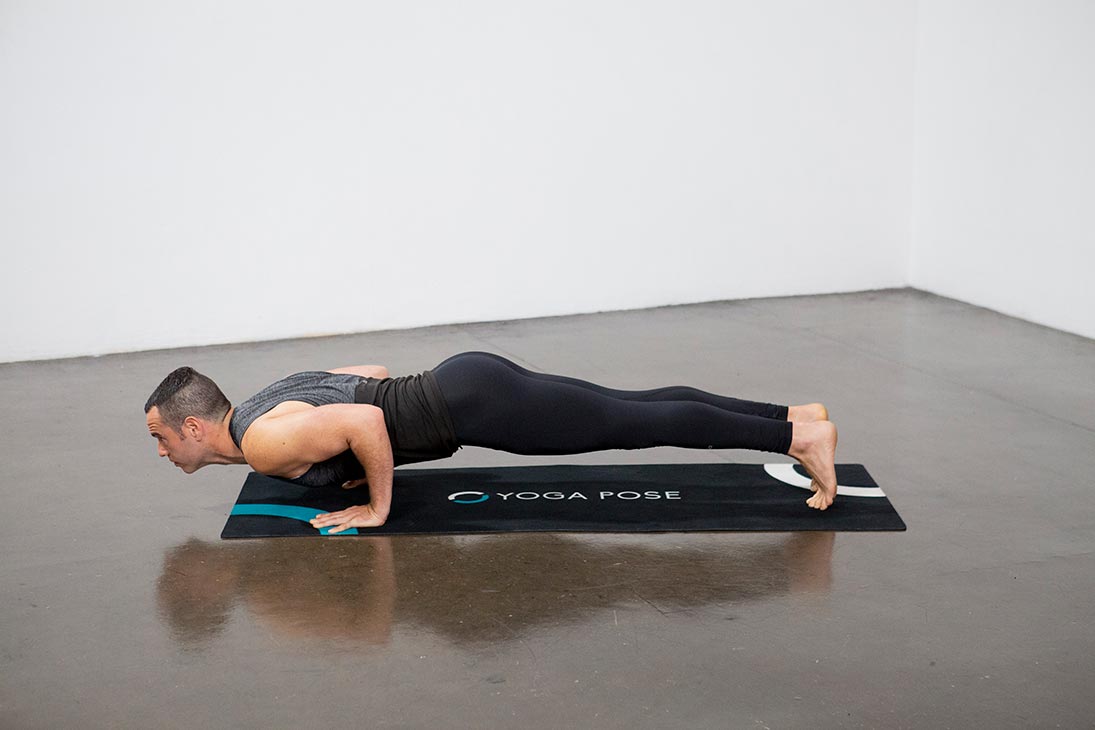
Four-Limbed Staff Pose
